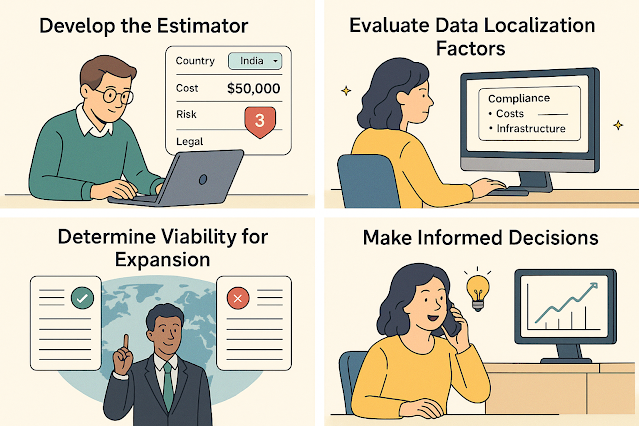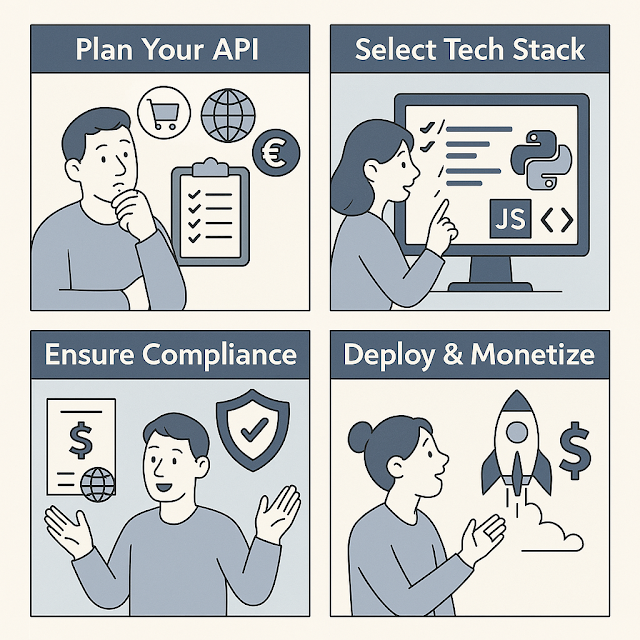How to Offer Litigation Hold Compliance Trackers for Cloud Collaboration Suites

How to Offer Litigation Hold Compliance Trackers for Cloud Collaboration Suites Managing litigation holds across cloud collaboration suites has become a critical aspect of legal and compliance operations. Companies must ensure that data is preserved properly to avoid legal pitfalls and penalties. Today, we’ll dive into how you can offer Litigation Hold Compliance Trackers that are purpose-built for the cloud ecosystem. Let's explore step-by-step strategies, tools, and best practices for 2025 and beyond. Table of Contents Understanding Litigation Holds in the Cloud Challenges of Managing Litigation Holds in Collaboration Suites Building Effective Litigation Hold Compliance Trackers Integrating Your Tracker with SaaS Platforms Best Practices and Tools to Enhance Compliance Understanding Litigation Holds in the Cloud A litigation hold is a legal directive to preserve all forms of relevant information when litigation is anticipated. In cloud environments lik...











